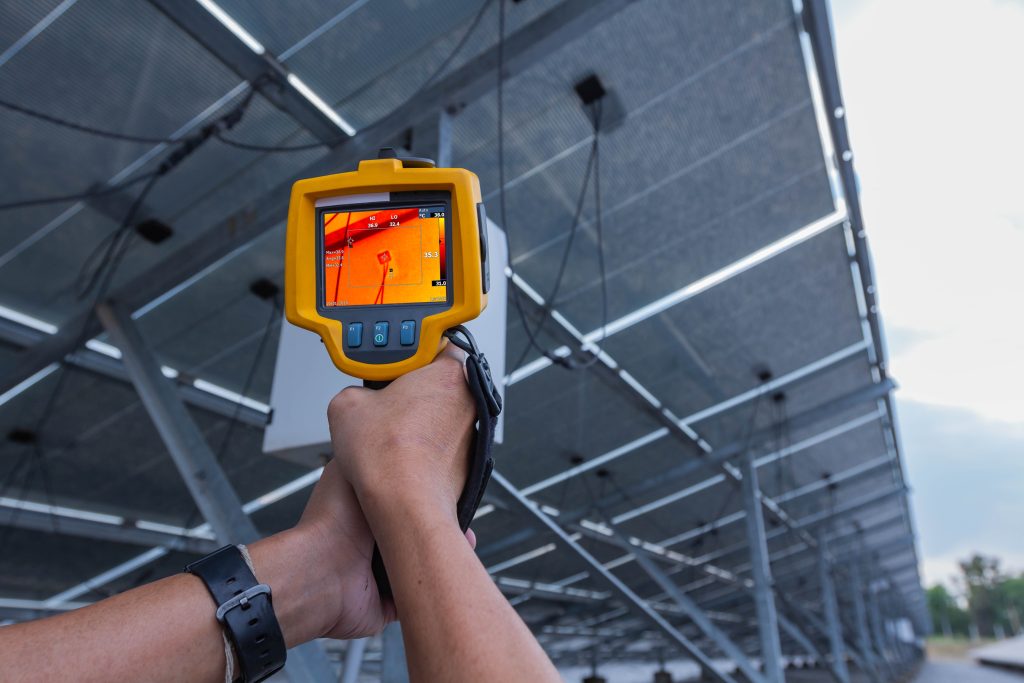
There have been multiple updates included in the 2025 version of NFPA 72.
Auxiliary Service Providers
An Auxiliary Service Provider (ASP) has been defined as:
“An entity or service that receives signals from a protected premises fire alarm system, modifies or manipulates the signals, and directs the signals to the supervising station and is positioned in the network topology such that signals cannot reach the supervising station without the entity or service.”
The ASPs are regulated in the new section 26.2.11 and intended to act as intermediary between protected premises and supervising stations. They allow signals to be sent to other protected premises, as well as supervising stations, and are expected to record all signals sent and received for at least a year.
Cybersecurity
The 2025 edition comes with the inclusion of an entirely new chapter (11) on cybersecurity. Some provisions include metal raceways or armored cables for physical pathways, and gateways or firewalls for data connections to external networks, but Chapter 11 largely allows the user to determine a preferred method to meet their cybersecurity needs. One example of this flexibility:

Figure 1 – Protecting unused physical data ports provides three options for protection, three stated options for authentication, and the option to choose another configuration if it fits with the system security requirements.
Detectors
Some detector updates have been observed which identify new technologies:
- Acoustic leak detectors register the sound of pressurized gas release to detect gas leaks.
- Fuel gas detectors make use of sensors responding to fuel gas.
- Thermal image fire detectors sense the heat signatures produced by a fire in the long-wave infrared wavelengths using a focal plane array.
- CO detectors will also need to be marked for whether they’re listed for use in an unconditioned area.
Additional Updates
Waterflow alarm devices have been defined, possibly for clarity of function. Definitions for authorized and emergency personnel have also been added to further distinguish, in other sections, who has the authority to do what. But the most notable changes are the introduction of ASPs, the addition of a cybersecurity chapter, and additional detector inclusions for new technologies.






